Refine listing
Actions for selected content:
17000 results
7 - Electrovacuum and related background space-times
-
- Book:
- Exact Space-Times in Einstein's General Relativity
- Published online:
- 04 February 2010
- Print publication:
- 15 October 2009, pp 95-105
-
- Chapter
- Export citation
17 - Plane and pp-waves
-
- Book:
- Exact Space-Times in Einstein's General Relativity
- Published online:
- 04 February 2010
- Print publication:
- 15 October 2009, pp 323-335
-
- Chapter
- Export citation
20 - Impulsive waves
-
- Book:
- Exact Space-Times in Einstein's General Relativity
- Published online:
- 04 February 2010
- Print publication:
- 15 October 2009, pp 392-411
-
- Chapter
- Export citation

Magnetic Reconnection
- MHD Theory and Applications
-
- Published online:
- 14 October 2009
- Print publication:
- 18 May 2000
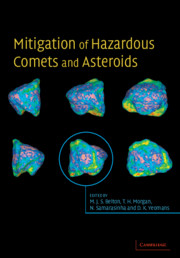
Mitigation of Hazardous Comets and Asteroids
-
- Published online:
- 12 October 2009
- Print publication:
- 06 September 2004

Physics of the Pulsar Magnetosphere
-
- Published online:
- 12 October 2009
- Print publication:
- 29 July 1993
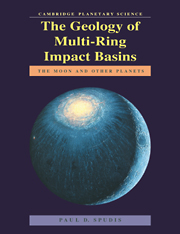
The Geology of Multi-Ring Impact Basins
- The Moon and Other Planets
-
- Published online:
- 12 October 2009
- Print publication:
- 14 October 1993

Molecular Collisions in the Interstellar Medium
-
- Published online:
- 12 October 2009
- Print publication:
- 22 March 2007
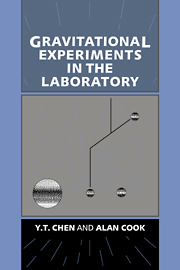
Gravitational Experiments in the Laboratory
-
- Published online:
- 10 October 2009
- Print publication:
- 01 April 1993

Classical Novae
-
- Published online:
- 10 October 2009
- Print publication:
- 07 April 2008
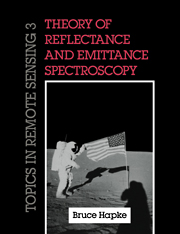
Theory of Reflectance and Emittance Spectroscopy
-
- Published online:
- 04 October 2009
- Print publication:
- 24 September 1993
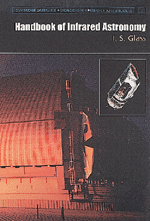
Handbook of Infrared Astronomy
-
- Published online:
- 01 October 2009
- Print publication:
- 13 August 1999
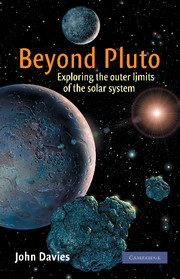
Beyond Pluto
- Exploring the Outer Limits of the Solar System
-
- Published online:
- 01 October 2009
- Print publication:
- 19 July 2001
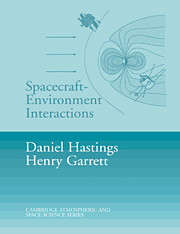
Spacecraft-Environment Interactions
-
- Published online:
- 30 September 2009
- Print publication:
- 28 October 1996
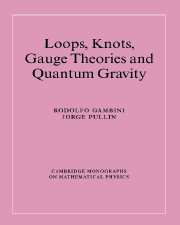
Loops, Knots, Gauge Theories and Quantum Gravity
-
- Published online:
- 29 September 2009
- Print publication:
- 13 November 1996
-
- Book
- Export citation
Index
-
- Book:
- Megaflooding on Earth and Mars
- Published online:
- 04 May 2010
- Print publication:
- 24 September 2009, pp 312-319
-
- Chapter
- Export citation
5 - Channeled Scabland morphology
-
-
- Book:
- Megaflooding on Earth and Mars
- Published online:
- 04 May 2010
- Print publication:
- 24 September 2009, pp 65-77
-
- Chapter
- Export citation
7 - Proglacial megaflooding along the margins of the Laurentide Ice Sheet
-
-
- Book:
- Megaflooding on Earth and Mars
- Published online:
- 04 May 2010
- Print publication:
- 24 September 2009, pp 104-127
-
- Chapter
- Export citation
4 - Jökulhlaups in Iceland: sources, release and drainage
-
-
- Book:
- Megaflooding on Earth and Mars
- Published online:
- 04 May 2010
- Print publication:
- 24 September 2009, pp 50-64
-
- Chapter
- Export citation
14 - Modelling of subaerial jökulhlaups in Iceland
-
-
- Book:
- Megaflooding on Earth and Mars
- Published online:
- 04 May 2010
- Print publication:
- 24 September 2009, pp 265-272
-
- Chapter
- Export citation
